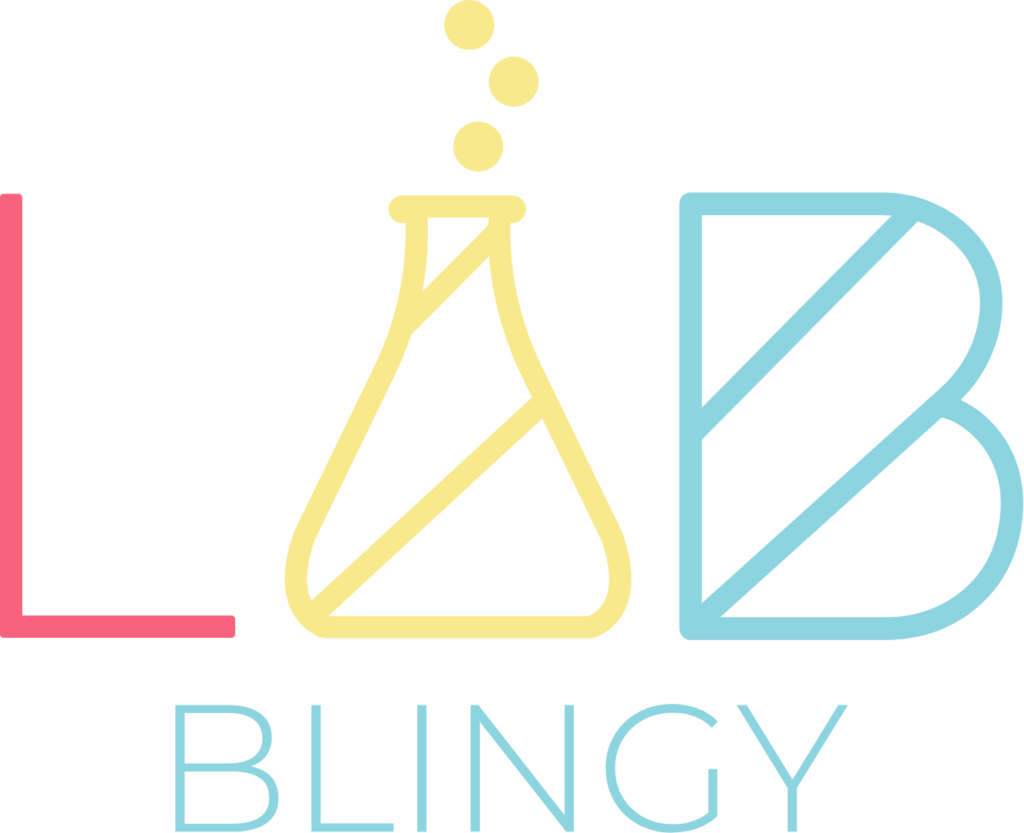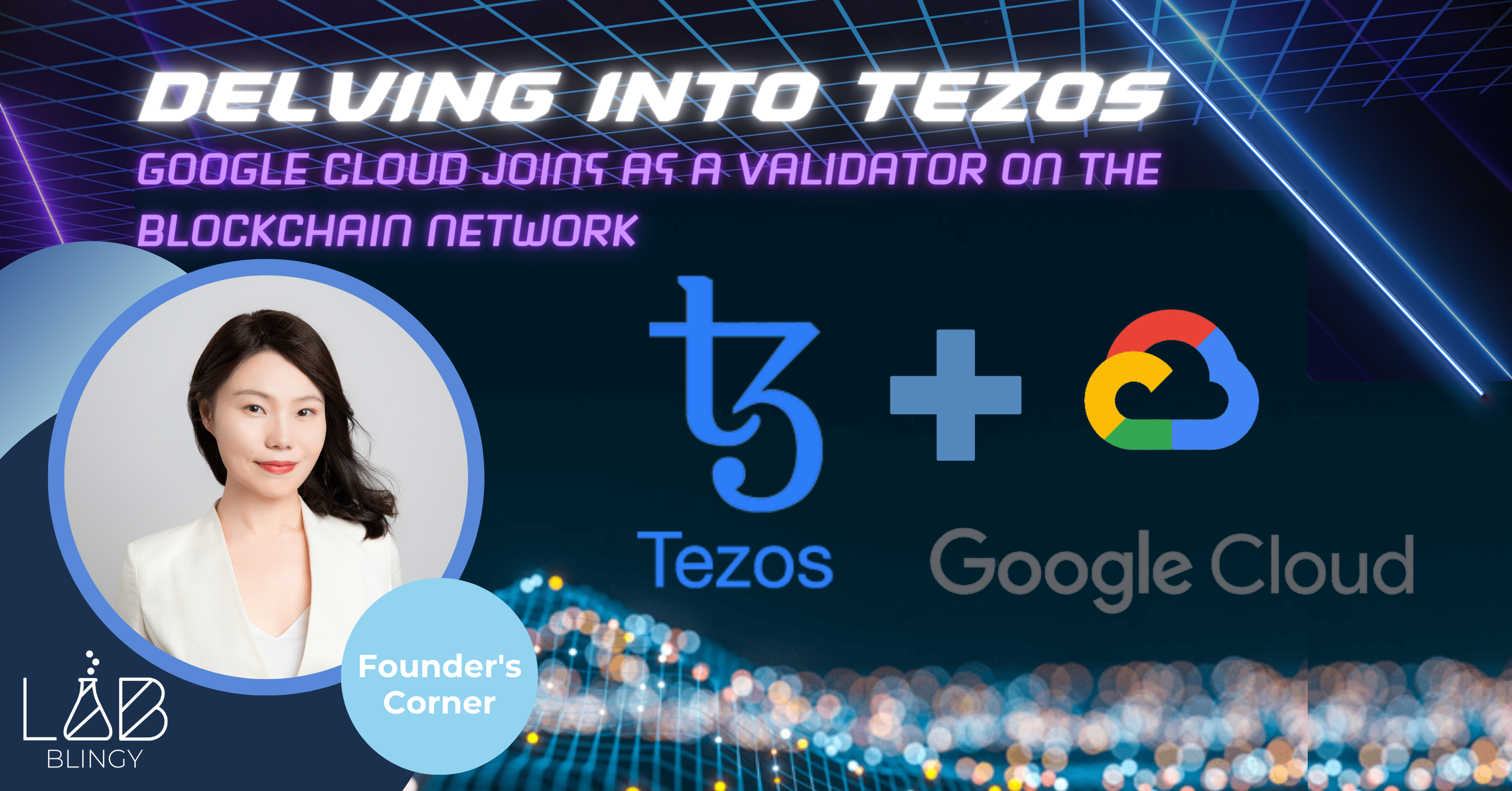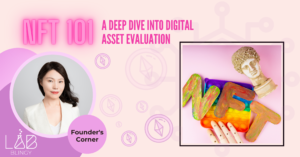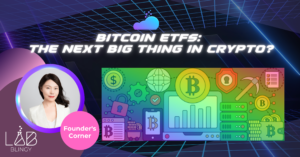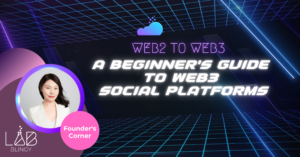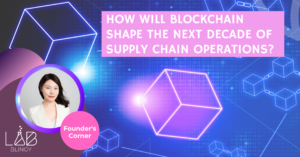Crypto enthusiasts worldwide are discussing the current uptick in the public’s interest in cryptocurrencies, particularly Tezos. What is this relatively new blockchain all about? What role do validators play in its network, and why did Google Cloud recently join it?
In recent years, cryptocurrencies are gaining a fair share of attention, with more mainstream companies entering into partnerships to create more utility for blockchain-backed tokens. One of these cryptos which have seen tremendous growth lately is Tezos (XTZ). Tezos is a decentralized, open-source blockchain that allows users to delegate their stake to participate in consensus decision-making. Tezos supports other cutting-edge technologies, such as smart contracts and DeFi (Decentralized Finance).
Recently, Google Cloud announced its entry into the Tezos network as a validator node. This news has solidified the cryptocurrency’s potential use cases and why it matters. In this article, we shall examine what exactly Tezos is, explore why validators are so crucial on its network, and provide an overview of Google Cloud’s latest move into the space.
Tezos and the Blockchain Technology
Tezos is an open-source blockchain protocol that manages a digital ledger of transactions and applications. The underlying technology behind Tezos has distributed ledger technology (DLT) called the blockchain. The blockchain allows participants to securely store and transfer data without using a central authority.
Tezos also uses a consensus algorithm known as Proof-of-Stake, which rewards stakeholders for contributing to the network and incentivizes honest behavior in a decentralized system. Tezos offers an attractive option for developers looking for a platform to build secure applications on top of it. Furthermore, Tezos features several features, such as innovative smart contract capabilities, self-amending protocols, and upgraded on-chain governance systems designed to make it flexible and upgradeable.
How Tezos differs from other blockchain networks
Firstly, Tezos has upgradable protocols that allow for regular updates without risking disruption or collapse of the entire network. This self-amending protocol allows upgrades and changes to be made to the code over time, making it faster than many other blockchains.
Secondly, Tezos has a self-governance system called “on-chain governance,” which allows stakeholders to exercise their voting rights on proposals for updates or changes to the code or new rules for community members to follow after approval. This type of governance differs from most other blockchains, where a small group of developers controls the system’s parameters and makes decisions accordingly.
Thirdly, Tezos uses a Liquid Proof-of-Stake (LPoS) consensus mechanism instead of the Proof-of-Work (PoW) consensus mechanism used by Bitcoin or Ethereum. LPoS means that anyone holding XTZ can participate in securing the network by using their tokens as “stakes” to validate blocks on the chain and earn rewards as incentives for doing so.
Lastly, Tezos has token guidelines and regulations that require asset holders to comply with local rules before acquiring XTZ tokens. This regulation contrasts Ethereum, which has seen many projects issue custom tokens through ICOs without restriction. Tezos allows users to store their digital assets securely using secure wallets like Ledger Nano S.
Tezos’ consensus mechanism and the role of validators
In Tezos’ PoS consensus mechanism, validators are motivated to produce blocks and secure the network by staking their coins and earning rewards for each block. Validators must stake minimum amounts of XTZ (the native token), which ensures significant capital is at risk if malicious behavior occurs. This system guards against network forks without requiring trustless permission-less mining as with PoW consensus protocols such as Bitcoin’s.
Validators must also remain actively involved in network governance by “baking” or endorsing blocks produced by other nodes across multiple rounds before receiving rewards for successful participation. These endorsements ensure that actual changes proposed by community members are globally recognized, requiring a concerted effort from all participants involved in validating new transactions.
Google Cloud’s Entry into Tezos
Google Cloud’s entry into the Tezos blockchain ecosystem will bring significant advancements to cloud infrastructure. Tezos is a reliable and secure platform that enables users to build decentralized applications (dApps). With Google Cloud’s participation, developers will have faster access to a mature and scalable protocol, benefiting both Google Cloud and Tezos development teams.
Notably, Google Cloud’s participation as a validator on the Tezos network enables them to offer a highly secure infrastructure for verifying and securing transactions on the blockchain. Both Google Cloud and the Tezos network benefit significantly from this arrangement. For Google Cloud, acting as a validator on the Tezos network allows them to broaden their range of services and compete more effectively with other cloud providers. It also gives them a more profound understanding of blockchain technology, which they can leverage to create new products and solutions that revolve around this emerging trend.
On the other hand, for the Tezos network, Google Cloud’s participation as a reliable and established provider brings an additional layer of trusted systems that enhances the network’s security and strengthens its ability to handle increased demand. Google Cloud’s decision to participate in Tezos reflects a broader trend in which more significant corporations are entering into partnerships with blockchain networks to leverage the features and collaborative opportunities offered by public permissionless networks, such as enterprise blockchains, asset tokenization, and Decentralized Exchanges (DEXs).
Conclusion
The partnership between Google and Tezos is a significant step towards improving the scalability, security, and prominence of the Tezos network. Google’s expertise and resources will undoubtedly help improve the network overall, especially regarding enterprise cloud resources, infrastructure, and a large active user base. This partnership also validates blockchain technology’s potential and could lead to the broader adoption of distributed ledger technologies across markets and industries.
As more significant enterprises join the blockchain space, the development process could accelerate, leading to improved infrastructure efficiency at scale. The entry of Google into the blockchain market also highlights the advantages of permissionless networks like Tezos, which enable stakeholders and end-users to benefit faster than traditional permissioned networks. Will other large companies follow suit in the future? If they do, the blockchain industry will gain more credibility, and the technology could reach mass adoption.
Follow my Twitter @JoyyuanWeb3 to learn about the trends of Blockchain, Crypto, Metaverse, and Web3!
